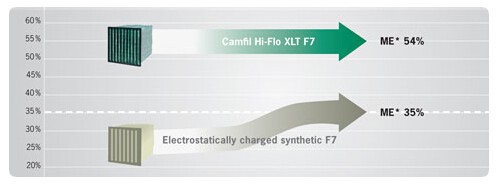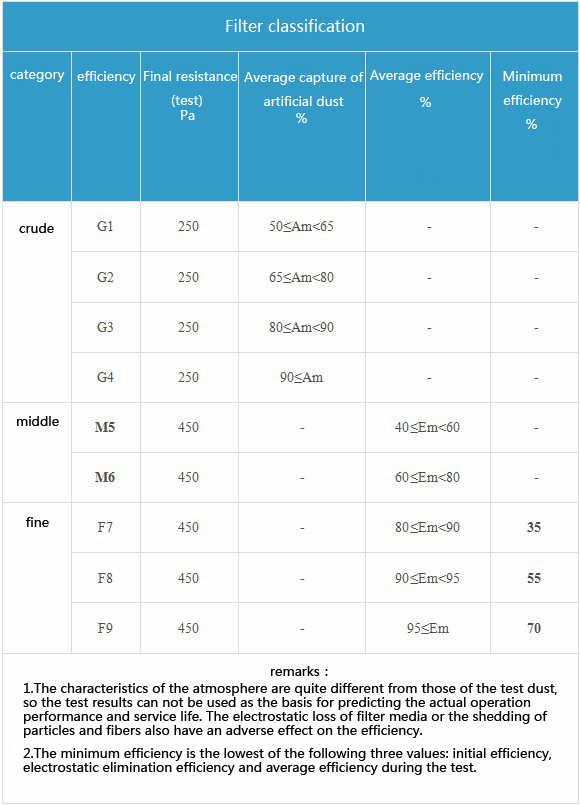Foamed materials burning test method analysis, UL94HBFHF-1HF-2 horizontal combustion test; corresponding regulations: UL94; CNAS approved project; applicable products: foam material; sample size: 15pieces (150 + 5) X (50; sample pretreatment: 1. sample should be placed before the test temperature 23 + 2 C, relative humidity 5; 2. samples before the test should be placed at the temperature 70 70 1 degrees of air circulation box; test method: UL9 4: 1997, astmd4986; test related introduction: in the test piece of 25 mm, 60 m UL94 HbF HF-1 HF-2 level combustion test.
Sample pretreatment:

